It wasn’t the call I expected from the ferry pilot. Somewhere on the leg into Bloomington, Illinois, the GlaStar started running strangely. On the taxi-in to the FBO, it was definitely running rough, and when he went to shut the trusty Lycoming O-320 down with the mixture, it coughed, sputtered, and almost refused to stop running. He was about to reach for the key when it finally stopped.
Wait, hang on. Ferry pilot? Didn’t I just talk about an epic trip bringing N531CE home to Rhode Island from the Portland, Oregon, area? Yes, I did. And, no, I haven’t sold the airplane or otherwise lost my mind. I am, in fact, relocating from the east coast to the west. Perhaps with a glistening dose of delicious irony, I’ll be based almost exactly where the GlaStar was when I bought it. All this happened more quickly than I’d anticipated, but the prospect of moving both a truck full of stuff and an airplane across the country in the dead of winter necessarily (and I hope beneficially) sped up the process.
So there I was, on the phone with the pilot who had pulled into Synergy Flight Center in Bloomington and began asking for assistance from the maintenance staff. I had mentioned before he took the airplane and reinforced over the phone that, on the flight before he left, I’d made a small adjustment to the O-320’s idle mixture. I had not been seeing the expected rpm rise during shutdown that I’d like, and had richened the idle mixture to compensate. On my test flight after the change, the rise was better but not quite up to the spec. Ideally, when the throttle is at idle and you pull the mixture to the idle-cutoff position, engine speed should rise 50 rpm or so. I was barely getting half that, suggesting that the carb was running lean at idle.
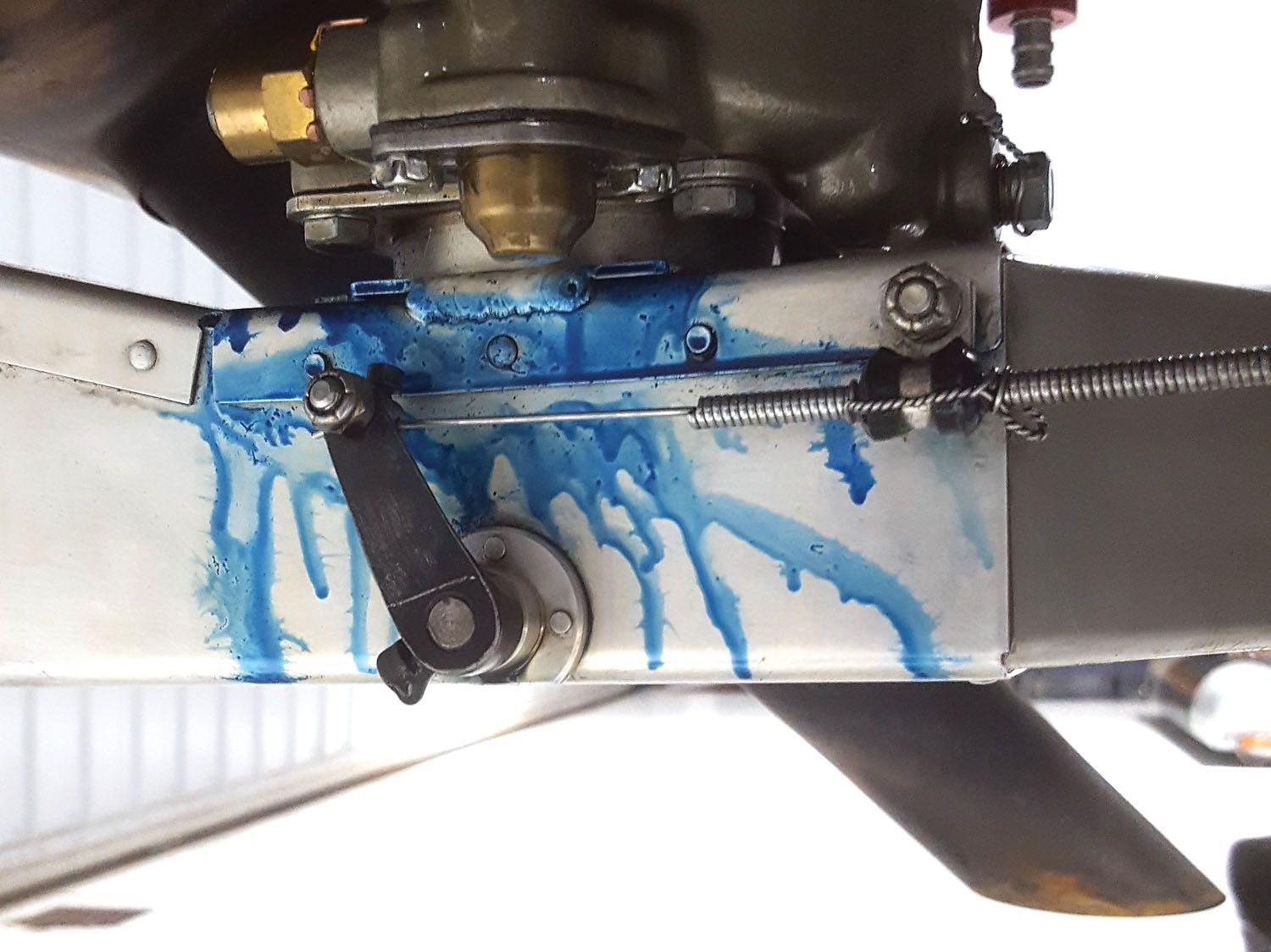
As I performed the idle-mixture adjustment, I’d noted that the thumbscrew was getting close to being too far out. In case you haven’t seen a Marvel MA-4SPA before, understand that the idle mixture screw at the back of the carb has a spring to keep tension on the threads to prevent it from vibrating out. I’d noticed the screw was getting close to the point that the spring would no longer be effective. I’ve rebuilt enough motorcycle carburetors with the same arrangement that I knew how far not to go, so I settled for less-than-ideal results. The airplane was running fine besides not having the desired idle-cutoff rise, so I decided to get to the bottom of the issue after Charlie Echo had been relocated.
Nevertheless, my first thought was that the screw had vibrated out of the carb, so that’s where I had the pilot and the Synergy mechanic look first—as I sat at my computer trying to determine how quickly I could get a replacement. When you have a new problem, always go back to the last thing you touched or changed.
Ah, but it’s not often that easy. The idle-mixture screw was there but the pilot also noticed a fair bit of staining on the carb and airbox. I’d taken quite a bit of time cleaning under the cowl before he left and knew that I did not have a fuel leak, not even the slightest trace, just 5-6 hours prior. So we went from having a carb whose setup was arguably a bit lean to one grossly too rich at idle. Something broke. Something pretty big.
At this point, we started to think the carburetor had issues more serious than an idle-mixture adjustment. As the pilot worked with the FBO’s mechanics to try to find a local solution, I went online and discovered that Aircraft Spruce had an overhauled example of my carb in stock at its Midwest facility, not far from where the GlaStar was AOG.
I was about to pick up the phone and place an order before something else clicked with me. The pilot said that he felt the airplane had used more than the expected amount of fuel on that leg, but I’d mentally disconnected that from the other symptoms. Then it hit me. What system in a carbureted engine influences overall fuel flow and can cause these symptoms even when the carb is working fine? If you answered “primer,” you get a gold star.
The pilot was certain he’d seated the primer knob in the cockpit, so the mechanics went about isolating the circuit under the cowling and re-testing. Now the engine ran fine. Then they looked a bit closer and discovered that the primer plunger was actually pulled out just a tiny bit. The ah-ha moment could be heard across the ramp.

To his credit, the pilot took full responsibility for not verifying that the primer knob was locked down. But I have to give him at least a partial pass on this. Because of the configuration of the panel, the primer is hidden from view when the pilot is in the normal seated position; it’s blocked by the throttle knob. Ergonomically, this is not ideal. Probably tolerable for your own airplane, but a little challenging for visiting pilots. Something to consider when configuring your panel layout.
It’s worth mentioning that I thought of the primer system not so much because I’m a smart guy, but more because I’d done almost exactly the same thing years ago in a Cessna. Fortunately, it was a lesson that stuck with me.
ADS-B in Canada
Not long after we published our story on ADS-B issues in Canada (see the December issue), Transport Canada has decided to delay the rollout of ADS-B requiring diversity antennas to some as-yet unspecified date. The first wave was set to go into effect in February 2021.
Vic’s Next Trip
While I understand that as an EAA board member, Vic Syracuse could be expected to contribute more to the association’s efforts than our own, I’m still really sorry to see him become a less-than-regular contributor to KITPLANES®. Vic is one of those guys who sees our endeavor for what it is, a chance for expression and experimentation, but applies a practical and safety-minded approach to it.
For now, he will be giving up his monthly column—the last one is in this issue—but he’ll continue contributing to our Unairworthy short pieces on a regular basis. And he’s agreed that, workload permitting, he’ll be up for occasional feature stories. I’m sure that I speak for our readers and staff when I say he’ll be greatly missed. Thanks, Vic, come back any time.

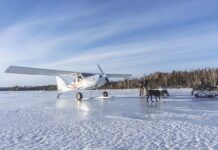
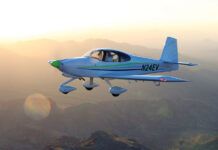
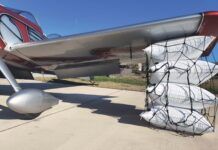
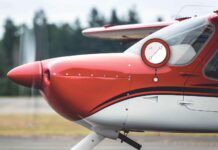
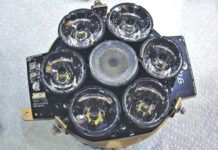
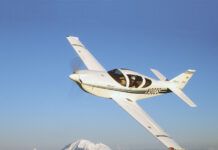


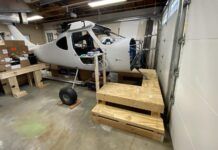

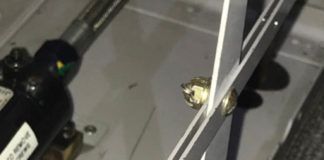
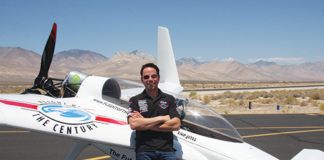
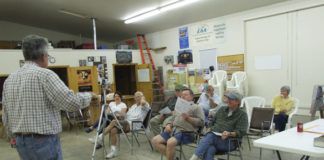
I had an article published in KitPlanes on a similar topic about a year ago. In building a RV-7A, I made the human factors error of putting the primer rocker switch next to the fuel pump rocker switch. When doing the GUMPS check on downwind, I accidentally turned the primer on along with the fuel pump. I didn’t figure that out until after landing, which was was done hastily with priority from the tower, since the engine was running really rough. Fixed the problem by changing the regular on/off rocker switch to a momentary-on switch.